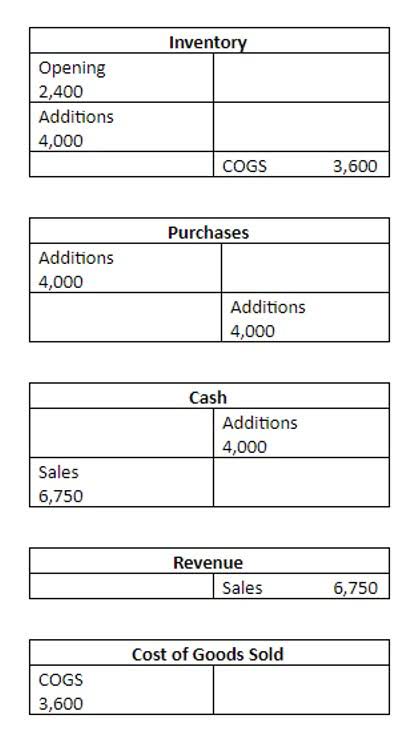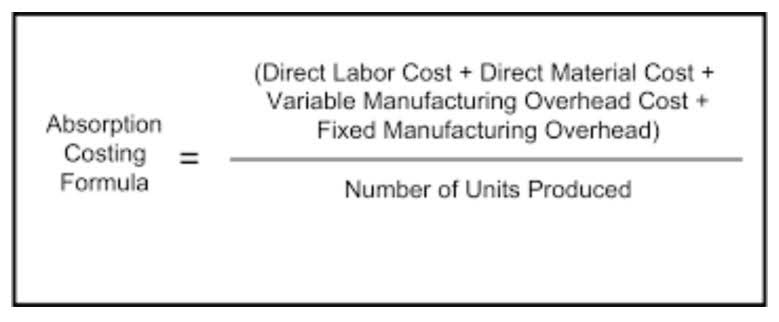If you’re even a little curious about accounting and finance, you gotta know your way around one. We’re diving into the nitty-gritty of current assets, non-current assets, current liabilities, and long-term liabilities. If the company has inventory, the opening balance equity account should be adjusted to reflect the correct inventory value. This can be done by creating a journal entry to debit the inventory account and credit the opening balance equity account or vice versa.
Common mistakes to Avoid
– An opening balance that is incorrect if the bank reconciliation adjustments are not made properly. The account transactions in a balance sheet must always cancel out at zero. In simple words, if a new post is added on the asset side of the balance sheet, the same amount usually goes on the other side of the equation. – This account is also created whenever a new vendor or a customer is added to the records. For instance, you can add an account receivable, opening a balance equity account for an outstanding balance. In other cases, such as complex accounting adjustments or ongoing errors, a balance in the OBE account signals of a more critical impact on your accounting.
Save and Close the Journal Entry

Meanwhile, the Opening Balance Equity account on QuickBooks is a holding account unique to QuickBooks. Not having an accurate financial picture of where all the money is coming from may affect whether you make big financial moves. Let’s break down a real-world balance sheet to make things crystal clear. Long-Term Liabilities give a picture of the company’s long-term financial commitments.
Create a free account to unlock this Template
These are special equity accounts created by QuickBooks and exist on the balance sheet. Create additional journal entries to enter accounts receivable, accounts payable, sales tax payable, and anything else that wasn’t included in the initial journal entry. In the United States, the statement of changes in equity is also called the statement of retained earnings. To do so, you might want to create a journal entry to transfer the balance of the OBE account to the appropriate equity accounts.

What is the difference between opening balance equity and owner’s equity?
Remember that closing the balance equity to retained earnings or owner’s equity is basically the same concept. These equity accounts are just marked differently to represent the ownership or form of a business. Moving your existing books to QuickBooks without entering equity accounts will opening balance equity example result in Opening Balance Equity because QuickBooks needs to balance debits and credits. This happens when you only import asset and liability accounts from your existing books to QuickBooks. To avoid this issue, import all accounts so that your opening debits and credits are equal.
Time Value of Money
The best way to fix or eliminate Opening Balance Equity is to make a journal entry transferring the amount to the proper accounts. If you’re unfamiliar with debits and credits and journal entries, you might need the help of a bookkeeper; see our guide on what a bookkeeper does. So if you post a new asset account with a balance, you’d need to offset it by the same amount on the other side of the equation when you first bring balances into accounting software. Using accounting software can help you figure out what is missing, or you can fill out an accounting template and see the numbers in front of you. In our blog series 5 of 5, common Quickbooks terms – What is Retained Earnings and Opening Balance Equity?
- If not, then review the initial account balances entry to see if there was a data entry error.
- Double Entry Bookkeeping is here to provide you with free online information to help you learn and understand bookkeeping and introductory accounting.
- You can have an opening balance for different types of accounts, like how much money you have in the bank (assets), what you owe to others (liabilities), or what your business is worth (equity).
- You enter the balance of your real-life bank account for the day you pick.
- A professional bookkeeper will help you ensure your books are up-to-date and accurate.
What is opening balance equity in QuickBooks Online and Desktop?


Managing Bad Debt Write-Offs in Financial Reporting
- This article will describe opening balance equity, why it exists, and how to close it out so that your balance sheets are presentable to banks, auditors, and potential investors.
- I appreciate your efforts and time following the suggested resolutions on how to balance your accounts, CrazyKZ777.
- The Opening Balance Equity account shouldn’t have a remaining balance.
- For more on balance sheets, check out our accounting knowledge resources.
- Next, you might want to create your liability accounts and enter their initial (or opening, if you will) balances.
- While the amount left in an account at the end of an accounting period refers to the closing balance.
Leave a Reply